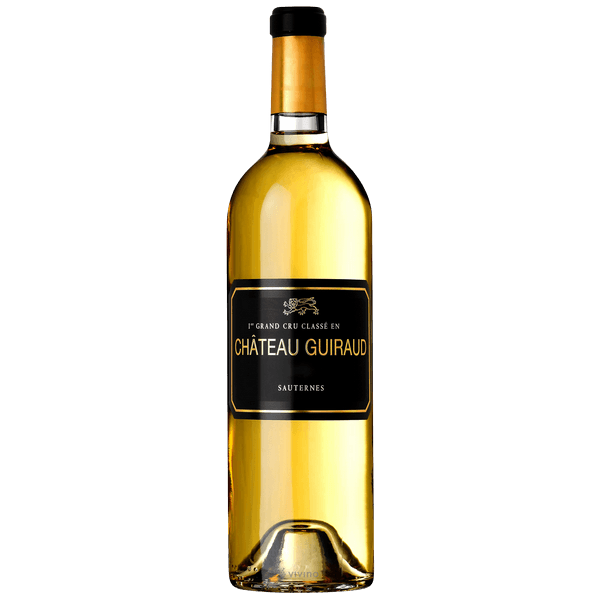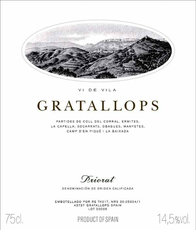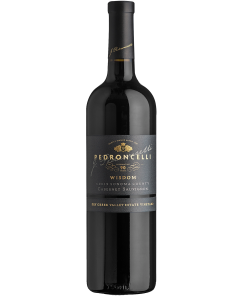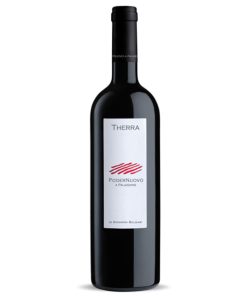1998 Fattoria Valtellina Chianti Classico Giorgio Regni
$33.95
Out of stock
1998 Fattoria Valtellina Chianti Classico Giorgio Regni
1998 Fattoria Valtellina Chianti Classico Giorgio Regni
Chianti Classico is the heartland of the Chianti wine region – its traditional and longest-established viticultural area. The term classico is used in this way in several Italian wine regions (Orvieto and Valpolicella, for example), although Chianti is the most famous example. The typical Chianti Classico wine is a ruby-red, Sangiovese-based wine with aromas of violets and cherries and a hint of earthy spice.
Since the 1920s bottles of Chianti Classico wine have been marked by the DOCG’s black cockerel (Gallo Nero) logo. However bottles sold in the US are not adorned with the bird, after a long running legal dispute begun by E&J Gallo Winery in 1991 was concluded in favor of the American company.
The symbol has a romanticized and much-told legend. In the 13th Century, the warring Tuscan provinces of Florence and Siena looked for a way to solve their ongoing border disputes. They agreed to a race; when the first cockerel crowed at dawn, each city would send out its fastest rider bound for the rival city. Where the two riders met would mark the new provincial boundary. The Florentines gained a head start by starving their (black) cockerel to make him sing earlier than the well-fed counterpart from Siena, so the two riders met only around 10 kilometers (six miles) north of Siena.
The modern-day Chianti Classico viticultural area now covers almost all land between Siena and Florence, buffered at each end by the Colli Fiorentini and Colli Senesi production zones. Of these and the other demarcated Chianti zones – Colli Aretini, Colline Pisane, Montalbano, Montespertoli and Rufina – the latter is the only one generally considered to rival the quality of Classico vineyards.
The very first classico area here was marked out in 1716 by Grand Duke Cosimo III de Medici. This was enlarged significantly in 1932, a change criticized as being over-generous and potentially damaging to the Chianti Classico name, and certainly varied in terms of terroir. Nevertheless, this larger area became legally recognized in 1966 when Italy began formalizing its wine laws and DOC system. In the 1980s, Chianti Classico was promoted from DOC to DOCG status.
Related products
Uncategorized
Champagne Wine
Wine from California, United States
Wines!
Uncategorized
SAVE 54% 93pts IWR 91 Decanter Magazine





